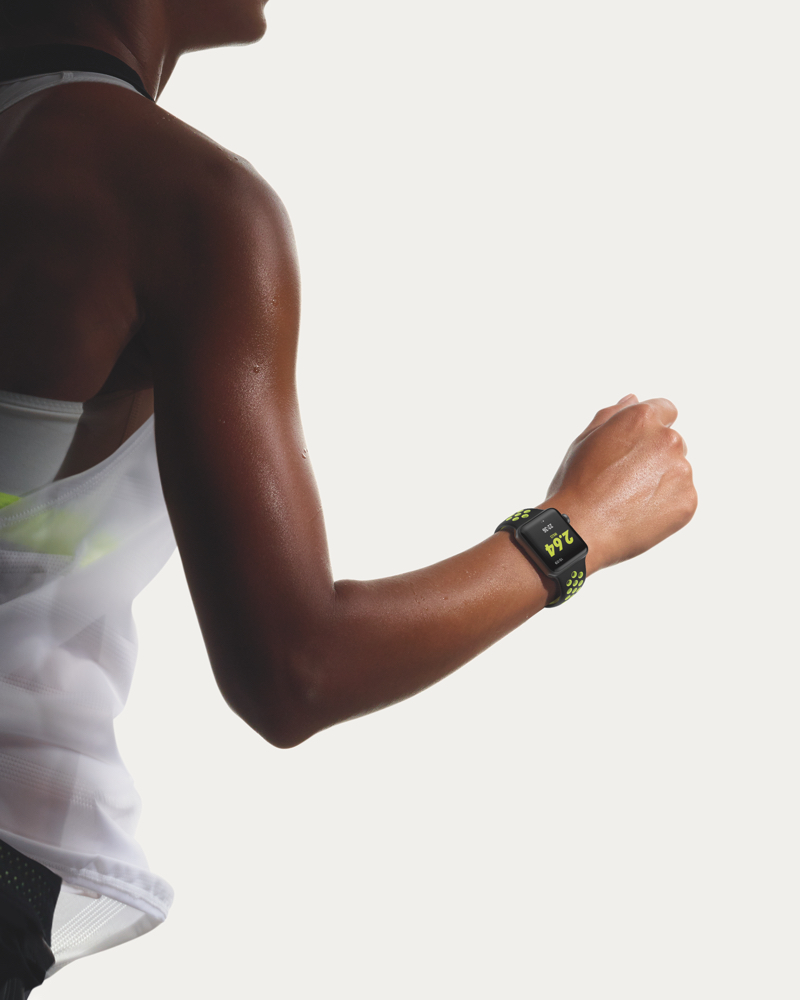The worldwide wearables market reached a new all-time high as shipments reached 33.9 million units in the fourth quarter of 2016 (4Q16), growing 16.9% year over year. Shipments for the entire year grew 25% as new vendors entered the market and previous champions refreshed their product lineups.
The year came to a close with 102.4 million devices shipped according to data from the International Data Corporation (IDC) Worldwide Quarterly Wearable Device Tracker. The Apple Watch Series 1 and Series 2 proved to be a “magnificent success for the company as it was the company’s best quarter ever in the wearables market,” according to the research group.
The lower entry price point and the inclusion of GPS on the Series 2 along with a completely revamped user interface have helped the company grow its presence, according to IDC. Apple is one of the few companies that has been able to quickly refocus its watch to gain traction in the consumer market and has also been leading the charge on introducing the smartwatch category to the commercial segment, the research group adds.

Early on, the wearables market was bifurcated between smart wearables – those capable of running third party apps – and basic wearables, which lack this ability. However, despite the additional features and tech available on smart wearables, their utility and necessity has been questionable at best, according to IDC.
In the past few months, two major platforms, watchOS and Android Wear, have pivoted towards fitness and health applications. This is no accident, as that has been the only use case with any “stickiness” and the ability to run third party apps has taken a backseat.
“Like any technology market, the wearables market is changing,” says Ramon Llamas, research manager for IDC’s Wearables team. “Basic wearables started out as single-purpose devices tracking footsteps and are morphing into multi-purpose wearable devices, fusing together multiple health and fitness capabilities and smartphone notifications. It’s enough to blur the lines against most smart wearables, to the point where first generation smartwatches are no better than most fitness trackers.
Meanwhile, smart wearables are also evolving. Llamas says health and fitness remains a major focus, but once these devices become connected to a cellular network, expect unique applications and communications capabilities to become available. This will also solve another key issue: freeing the device from the smartphone, creating a standalone experience.
2016 also proved that there is more to wearables than just wrist-worn devices. Ear-worn devices (hearables) surpassed 1% of all shipments for the first time in a quarter and sensor-laden clothing accounted for more than 1% of the entire market for the full year 2016. Though these numbers were miniscule, they show promise as numerous devices are expected from notable vendors in 2017, according to IDC.

